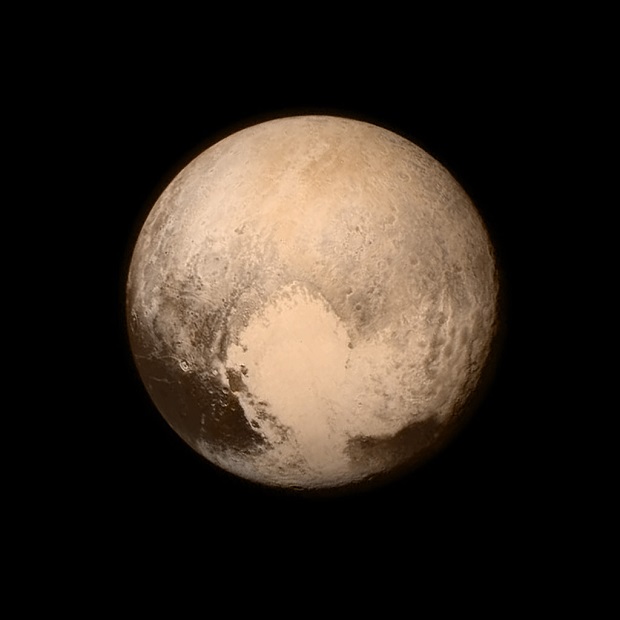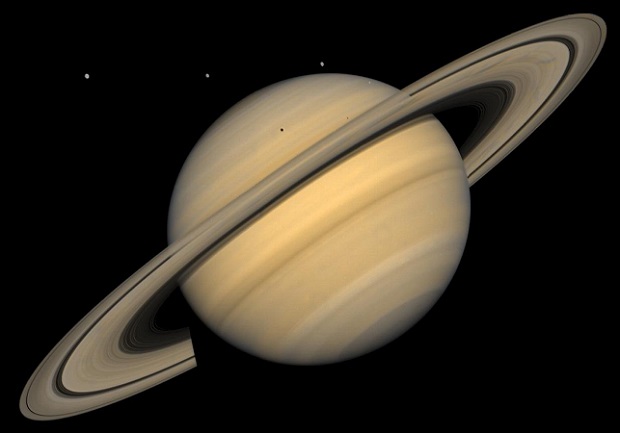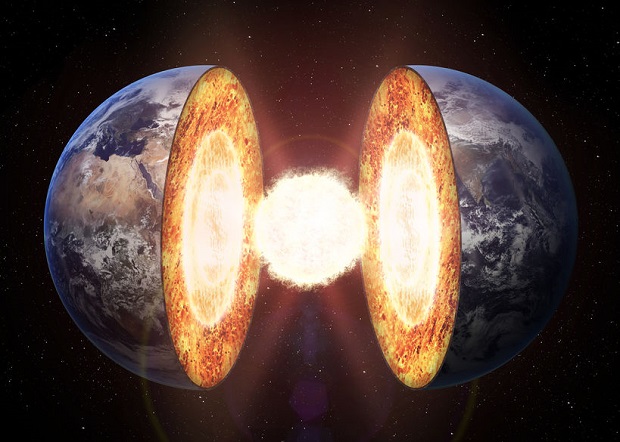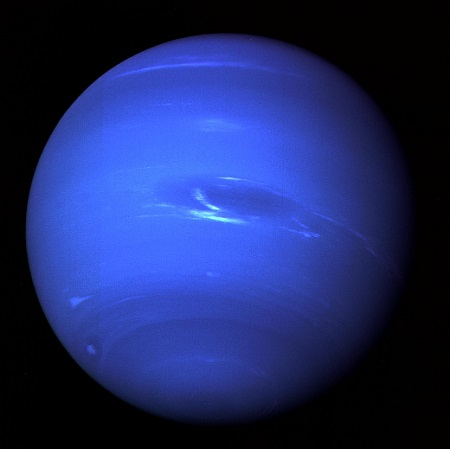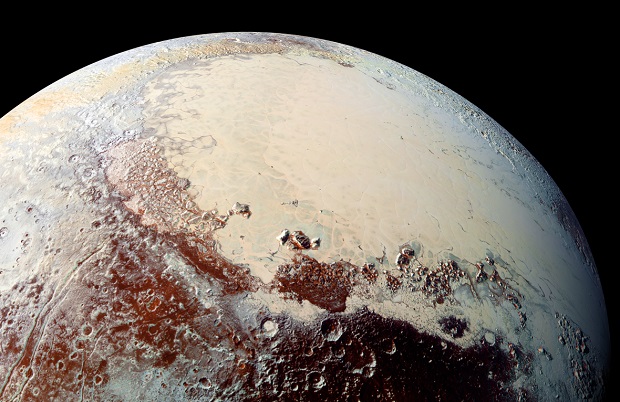
Credits: NASA/JHUAPL/SWRI
Can Pluto Support Life?
Pluto cannot support life as we know it due to its extremely cold temperatures, frozen atmosphere, and surface gravity.
Why Pluto Cannot Support Life
Pluto cannot support life as we know it for several reasons. First, as the farthest planet from the sun, Pluto’s atmospheric temperature is too low to support life. With temperatures of -378 to -396 degrees Fahrenheit and a core encased in a thick mantle of ice, Pluto is currently incapable of nurturing even the simplest of bacteria.
Also, thought to be nothing more than an orbiting body composed of rock and ice, Pluto lacks a non-toxic atmosphere and exhibits a surface gravity of .62 m/s2, which indicates that a person weighing about 100 pounds would only weigh seven to eight pounds on Pluto. These circumstances make it nearly impossible for Pluto to sustain Earth-like life based on carbon, nitrogen, water, and oxygen.
Future Possibility of Life on Pluto?

Credits: NASA/JHUAPL/SwRI
However, astronomers speculate that millions of years from now, when the Sun swells in size and becomes a red giant star, the Sun’s unstable core’s additional heat may provide Pluto with the elements necessary to give rise to life forms. Vast expanses of melting ice, coupled with atmospheric changes and consistent increases in ultraviolet rays, could potentially create the same conditions that existed on Earth billions of years ago when single-celled organisms and stromatolites evolved in an environment conducive to life.
